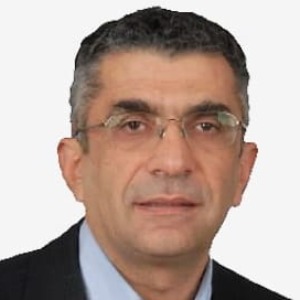Title : Application of bioengineering in construction
Abstract:
Bio-cement and bio-concrete are innovative solutions for sustainable construction, aiming to reduce environmental impact while maintaining the durability and versatility of building materials. Bio-cement is an eco-friendly alternative to traditional cement, produced through Microbially Induced calcium Carbonate Precipitation (MICP), which mimics natural biomineralization processes. This method reduces CO2 emissions and enhances the strength and durability of construction materials. Bio-concrete incorporates bio-cement into concrete, creating a self-healing material. When cracks form in bio-concrete, dormant bacteria within the material become active in the presence of water, producing limestone to fill the cracks, extending the material's lifespan and reducing the need for repairs. The environmental impact of traditional cement production is significant, with cement generation accounting for up to 8% of global carbon emissions. To create more sustainable construction materials, innovative thinking is needed, with some using modern innovations to make concrete ultra-durable and others turning to science to create affordable bio-cement. The research demonstrates the potential of bio-cement to revolutionize sustainable building practices by offering a low-energy, low-emission alternative to traditional cement, while also addressing environmental concerns. The findings suggest promising applications in various construction scenarios, including earthquake-prone areas, by enhancing material durability and longevity through self-repair mechanisms.



